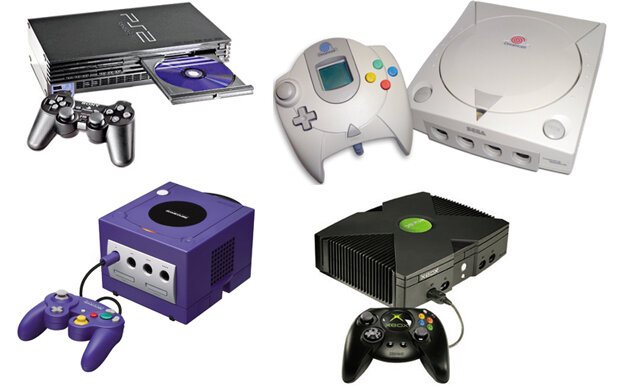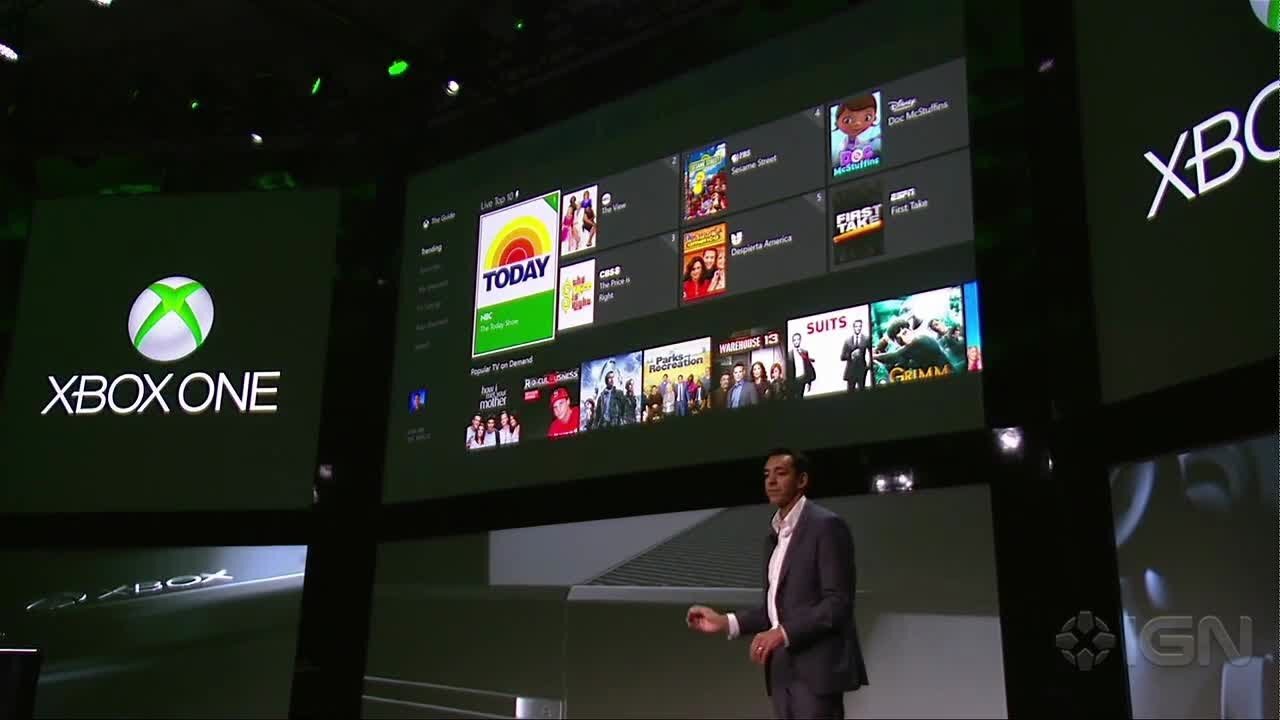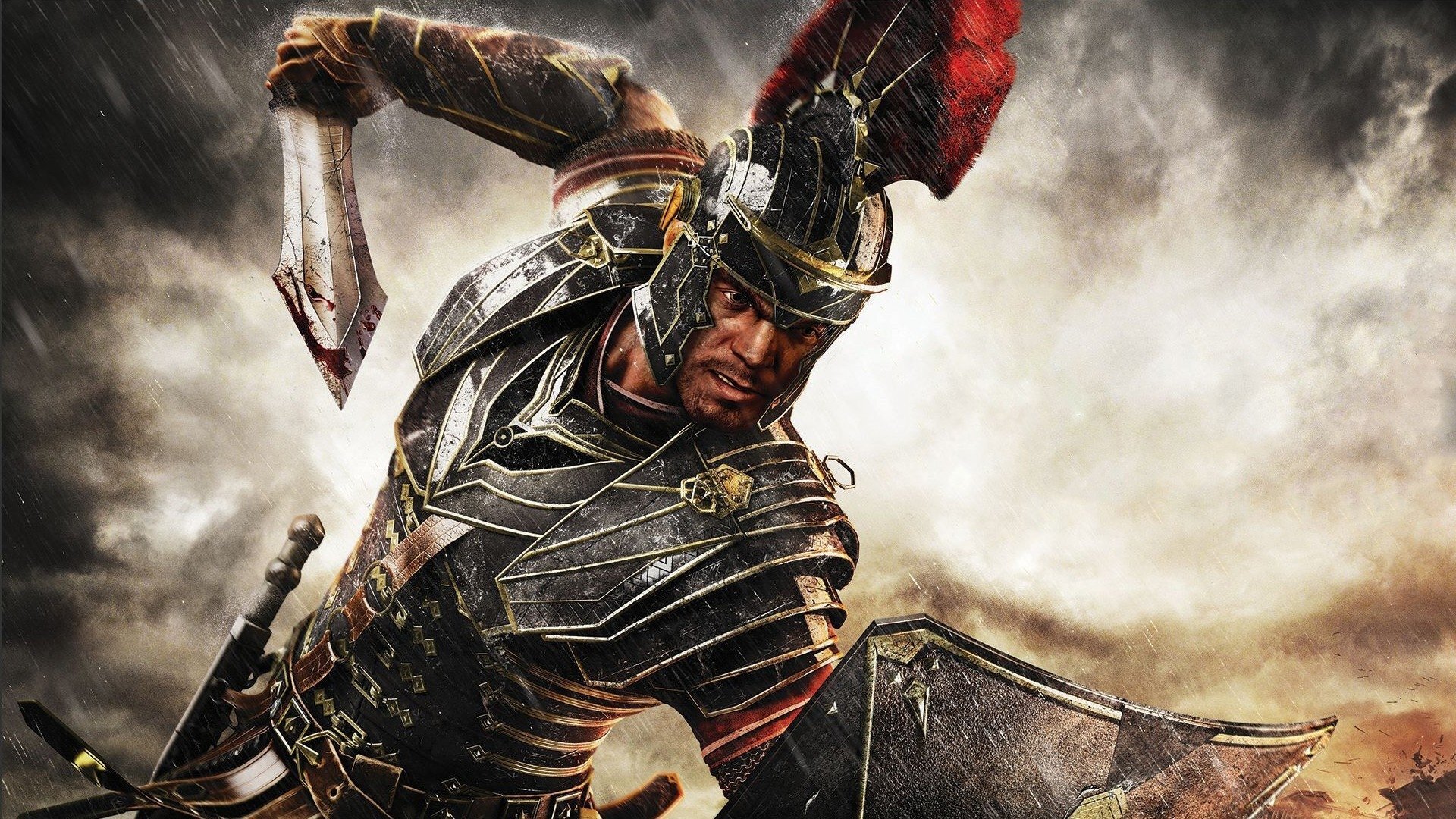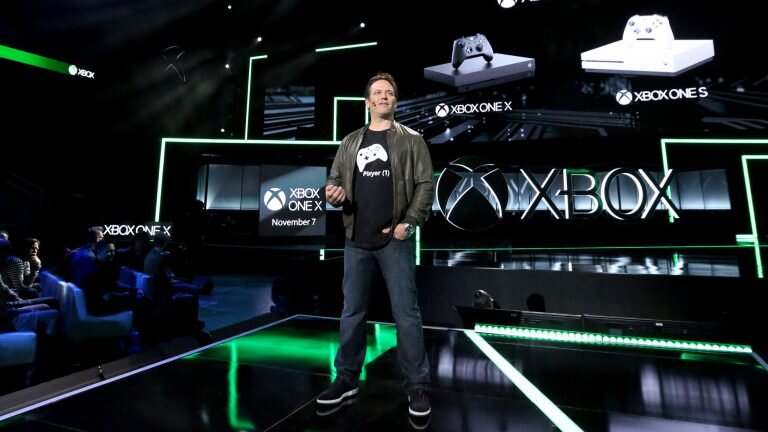Back Button: The Fall of Xbox
The story of the fall of Xbox during the 8th console generation is one of corporate hubris and executive ego, along with technologies too forward-thinking and a market scared of change. It shows how even multi-billion-dollar organisations can be brought to their knees by outraged consumers. However, to properly understand it one must look for context as to what Xbox was coming into 2013 and the history surrounding their greatest failure.
New Kids on the Block
Ah yes, the 6th generation of consoles when big boxy consoles and Bill Gates in a leather jacket were the pinnacle of cool.
Microsoft entered the console manufacturing business in 2001 with the Xbox. It was to everyone’s surprise at the time that the same people making Windows XP were also capable of making video game hardware. While selling nowhere near as many as the cultural juggernaut that was the PlayStation 2 (estimated to have sold 150 million units), the Xbox proved to be no slouch, selling 24 million units, upwards of 2 million more than industry veteran Nintendo with the GameCube. It was even hailed as part of the deathblow to Sega’s hardware days, when the Dreamcast flopped at market. Things got more interesting during the 7th generation when Sony threw away their stranglehold on the market with the disastrous launch of the PS3 a whole year after the Xbox 360, thanks largely to an asking price $100 dollar higher than Microsoft’s. Throughout that generation, Microsoft proved itself a major gaming force selling 84 million units. While Sony managed to catch up to around 80 million units at the end of the generation, it was only thanks to deep price cuts and sales. However, after losing footing for the last few console generations it was Nintendo that claimed a surprise victory with their family-friendly, motion-controlled Wii, selling 101 million units.
Video games have gotten exponentially better since we have able to remove the word ‘waggle’ from descriptions of how to control them.
This resulted in a very unusual and uncertain landscape going into the end of the 7th generation. While the Xbox had proven its strength by focusing on a core gaming market, Nintendo had managed to unlock a new casual market once thought inaccessible with the use of a simple controller. To make matters interesting, both the Xbox 360 and PS3 received motion control peripherals in 2010. The Wii-like PlayStation Move and the controller-less, body-tracking Kinect both sought to capitalise on this newfound casual gamer market. At this time Don Mattrick took over as President of Interactive Entertainment Business at Microsoft (head of Xbox) and was praised for his somewhat successful integration of entertainment features into the Xbox, including Kinect’s voice recognition being used for apps like Netflix. All of this came while the games industry was in a very different place. The late 2000s and early 2010s saw the rise of smartphones and mobile gaming. Apps had the lowest barrier to entry ever seen for games with most being free. Paired with the slowing sales of traditional consoles and the industry still reeling from the 2008 financial crash, many analysts and industry pundits predicted the coming generation of consoles to be the last.
A Tumultuous Build Up
Microsoft announced that in May of 2013 they would be holding an event at the Microsoft Campus in Redmond to announce the next-generation Xbox, and rumours were flying. The two most prevalent were regarding used games and an always-online component to their new console. Since January of 2012 there had been a persistent rumour that the next Xbox would not support second-hand games, tying each game disc to whatever machine it was first played on. This made sense from a console manufacturer’s point of view with the second-hand market making up a significant share of how many people bought their games and publishers never saw revenue generated from these sales.
Pictured: A recreation of SimCity’s launch.
The second rumour which had gained a major deal of traction claimed that the new Xbox required a constant internet connection to perform check-ins with the console in the hopes of curbing piracy. While games that require an internet connection are a dime a dozen in 2020, from Fortnite to Destiny 2, in 2013 this was a huge deal. Only a few months prior in March the largely single-player-only SimCity launched with the requirement of always being online for piracy checks. However, in 2013 the internet wasn’t what it is now and neither were EA’s servers for the game, resulting in a catastrophic launch where most players couldn’t connect to the games servers or play for weeks.
The Event
Oh Don, so full of life, of hope…
Once the live event began, the core gaming audience that feared Microsoft’s new approach were not only proven right, but left baffled and confused. Don Mattrick took the stage with a key message from Microsoft: this was not a games console but an entertainment system. Its name was to reflect this, the Xbox One, the one device you will need in your living room.
Almost half an hour of the presentation passed before games were brought up in any significant way. Instead, Microsoft chose to discuss their system’s potential as a cable- and streaming box. These features made sense for a casual market, but the core market was quickly sceptical of the One’s capabilities as a games console. This was only compounded by the announcement that the Xbox One would require the Kinect 2.0 to turn on, the incessant pushing of voice and motion controls confirming that this is a device for the casual market. Even then it seemed like it wouldn’t be able to fully capitalise on this casual market as many of its features appeared to be tied to American television services. As Brad Gallaway wrote, this left “Journalists from other countries… dismayed at how America-centric the features seemed”.
Time to hear about everyone’s favourite Xbox games… The View, The Price is Right and Doc McStuffins?
Things only got worse after the event when executives and spokespeople began being interviewed. Luke Plunkett put it best: “Microsoft reps went to pieces. Twitter accounts contradicted executive statements. Answers that should have been given in full were only given in half”. WIRED’s headline rounding up the day read: “Confusion ruled the day at Microsoft’s Xbox One Reveal Event”.
By the end of the day, the cobbled-together picture that had been painted was not a positive one. The Kinect 2.0 would be required to even turn on the console and would always be listening for voice commands, raising numerous security concerns. Xbox 360 games would not be backward compatible on an Xbox One, despite numerous original Xbox games being playable on the 360. The One wouldn’t play used games of any sort. However, the biggest blow to the One was what came of the rumoured forced connectivity. While the Xbox One wouldn’t require a constant internet connection, it would require a daily network check-in, if this didn’t happen your console would become unplayable. When questioned on what those with poor internet would do, Don Mattrick infamously replied, “fortunately, we have a product for people who aren’t able to get some form of connectivity, it’s called the Xbox 360”.
Last-ditch effort
All was not lost. The console was scheduled for release in November 2013. Between Microsoft’s car-crash of an announcement and its final release lay E3. Here they would hold another press conference where they would seek to rectify their mistakes. I spoke to ex-GameSpot journalist and Noclip founder Danny O’Dwyer, who was reporting on the show floor that year for some insight. “I was covering E3 that year and yeah, it was a surprise. I think the consensus pretty quickly was that this was a misstep in communication, and in practise. What they were trying to sell was something neither enthusiast or mainstream consumers wanted”, and E3 was their last chance to convince everyone otherwise. Before the show began Mattrick stated that E3 2013 was “all about the games”, however those disappointed too with large segments being dedicated to game’s Kinect functionality and sports and racing games, while IPs like Halo and Gears of War no longer left the impact they did in previous generations, all with little in the way of new franchises.
A lesser person would make fun of RYSE: Son of Rome, but hey, it did something Scalebound never could and released.
The show was capped off with the announcement that the Xbox One would cost $499/€499. While the next day Sony announced the PlayStation 4 would be $100 cheaper, despite being a significantly more powerful console. In later interviews, Kinect being bundled in with the console would be blamed for the hefty price. “Announcing it at E3 was a sure-fire way to get as many enthusiast gamers [as] unhappy as possible. Once Sony went the other way the next day, that was the launch over for Microsoft. It took them years to recover”, said Danny.
Remember when it was a huge deal that the original Titanfall wasn’t going to have a campaign? Weird.
“Coming off the success of the Xbox 360 they were market leaders, and [they] likely felt that they could lead the market in a new direction”. But they were 10 years too early. Now the majority of all game sales are via downloads (at full price) with the trade-in industry dying, and many games always online. In 2013 though, “it was just too much too soon”.
Consequences
Over the months leading up to release Microsoft would roll back on its most consumer-unfriendly policies, like the console requiring an internet check-in and not allowing used games. But it was still a weaker machine than the competition and the damage was already done. Danny reminded me of a situation many dealt with during this current generation, “Years later I’d talk to regular consumers and they’d still think that the Xbox had to be plugged into the internet to play games”. The diehards had been soured, as he put it in a Bombcast from 2015, “this is an industry based entirely on enthusiasts, and when the enthusiasts don’t bite down on that pill [things go bad]”.
Dead Rising 3 wasn’t really a ‘must have launch game’, was it?
By January of 2014, the PlayStation 4 was outselling the Xbox One at a rate of 2-to-1, and in November of 2015 Microsoft stopped disclosing Xbox sales entirely. It was Microsoft ‘s console war to lose and they lost it spectacularly.
The Times They Are a Changin’
In July of 2013, one month after E3, Don Mattrick announced his departure from Microsoft for mobile and Facebook game developer Zynga. Shortly thereafter head of Microsoft Game Studios, Phil Spencer, was appointed to a new position, Head of Xbox. At the time it was a statement of confidence by Microsoft in the Xbox brand after the multitude of knocks it had taken, allowing it to be its own division rather than part of a wider interactive entertainment net.
It says a lot that you literally cannot by an Original Xbox One any more, only the X or S.
Spencer’s promotion marked the beginning of significant changes for the Xbox platform. Most famously dropping the consoles Kinect requirement and de-bundling it from all units being sold, allowing the console to drop in price to $399/€399. Since then Xbox has been rebuilding itself. In 2017 they released the Xbox One X, leapfrogging Sony’s own half-step console, the PlayStation 4 Pro, to become the most powerful console on the market. In 2015 Xbox launched a backwards compatibility feature allowing you to play Xbox 360 (and eventually some Original Xbox) games on your Xbox One, while the PlayStation 4 never received a similar feature. Since 2018 Xbox has acquired or set up 9 new first-party studios to develop games exclusively for them, bringing their total to 15. While in June of 2017 Xbox Game Pass was launched, described as Netflix for games and viewed as one of the most pro-consumer products on the market, it prompted Sony to rework its streaming service, PlayStation Now, into something similar. But we’ll cover more of Xbox’s return to prominence in a future article.
Xbox now faces a new generation of consoles in a position they have never been in before. While they were throttled in sales and by poor press during the last generation. They are widely seen as the most consumer-friendly console manufacturer. All the while much of the regime that led Sony to success this generation has left in recent months.
While only time will tell what the future holds for the Xbox and the console market. But it is almost certain that the outcome will be unexpected.













![Here's the Rundown of Everything in Today's Inside Xbox [07/05/2020]](https://images.squarespace-cdn.com/content/v1/5caf2dea93a63238c9069ba4/1588874044682-8TC91M186TO9HR37Y3YU/Assassins-Creed-Valhalla-2-scaled.jpg)
![Here’s a Rundown of Everything Shown at Sony’s State of Play [06/08/2020]](https://images.squarespace-cdn.com/content/v1/5caf2dea93a63238c9069ba4/1596753159493-EE1VIB1OBW4PMBURGIAR/State+of+Play.jpg)
![Here’s A Rundown of Everything Shown at the PlayStation 5 Event Today [16/09/2020]](https://images.squarespace-cdn.com/content/v1/5caf2dea93a63238c9069ba4/1600298511521-ML3QYTVA0QVKSY9KOI2S/ps5.jpg)